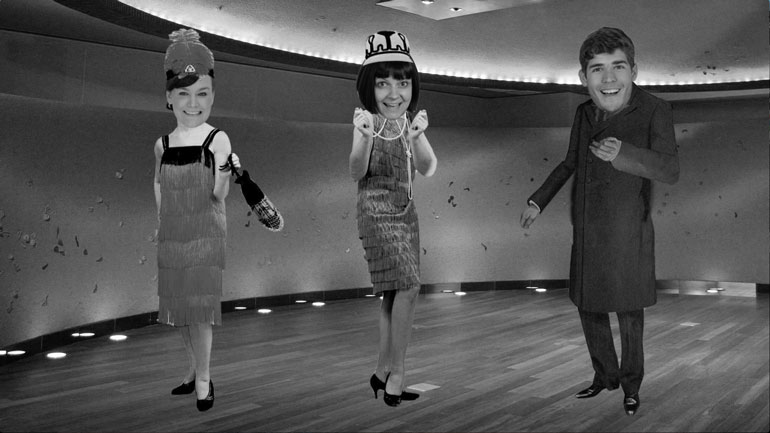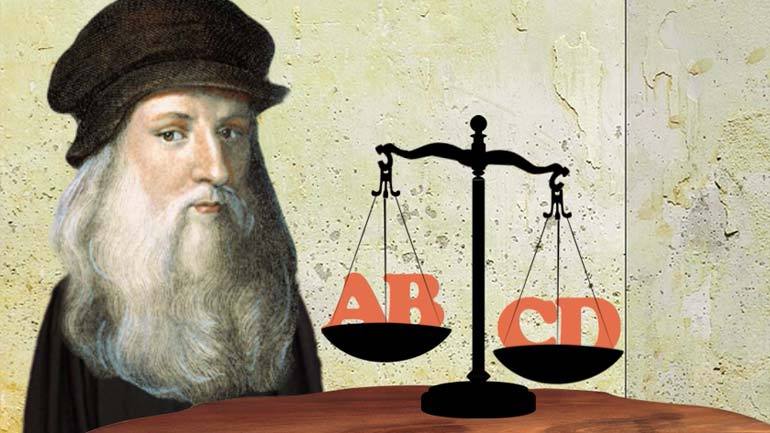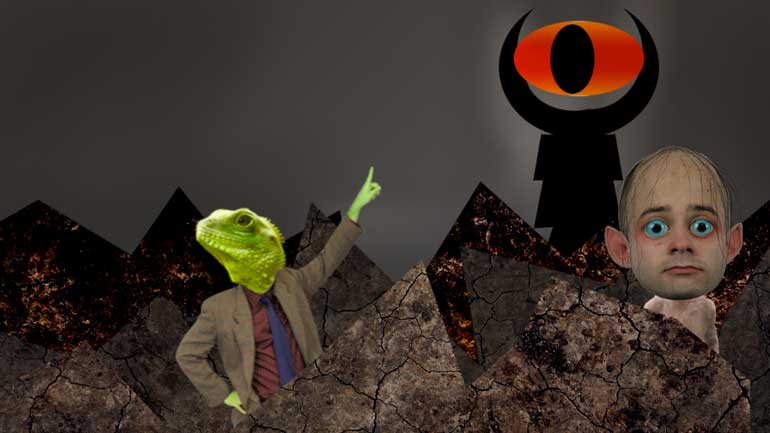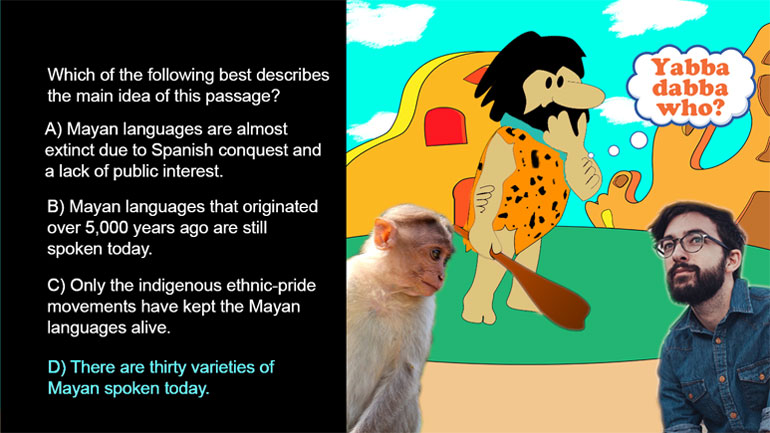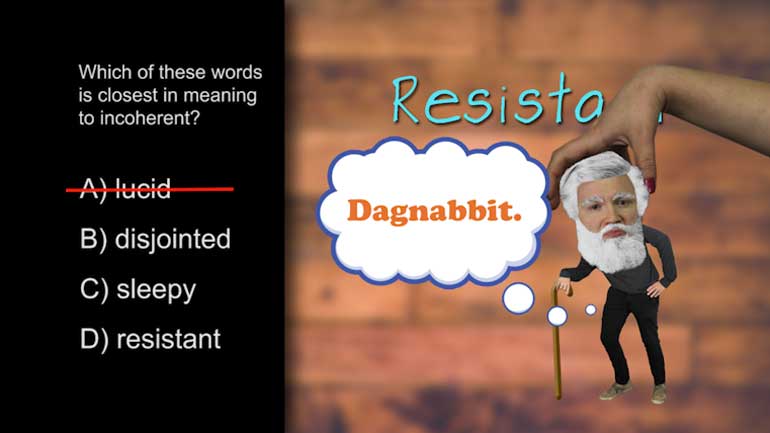ShmoopTube
Where Monty Python meets your 10th grade teacher.
Search Thousands of Shmoop Videos
ASVAB Physical Science 1.3 182 Views
Share It!
Description:
ASVAB: Physical Science Drill 1, Problem 3. An ion is formed when...what?
Transcript
- 00:00
[ musical flourish ]
- 00:02
And here's your Shmoop du jour, brought to you by ions.
- 00:05
They're all charged up.
- 00:07
Like when we chugged that two liter of Mountain Dew.
- 00:09
Yeah. That's what happens to you.
Full Transcript
- 00:11
An ion is formed when... what?
- 00:14
And here are our potential atoms... uh, answers.
- 00:18
[ mumbles ]
- 00:19
Okay, getting right into it. The best answer here is C.
- 00:22
An ion is formed when an atom gains or loses an electron.
- 00:26
That's great, but why is it the answer?
- 00:29
That's why we're here, right?
- 00:30
Otherwise, we'd just be watching funny cat videos
- 00:32
on YouTube. The cat on a roomba? Classic.
- 00:35
An ion is an atom that has a positive or negative electric charge.
- 00:40
And just knowing that gives us enough info to eliminate D.
- 00:43
Two atoms that are chemically joined make a molecule, not an ion.
- 00:47
An atom has a nucleus which contains protons
- 00:50
and neutrons. Outside of the nucleus,
- 00:53
electrons are zipping around.
- 00:55
Well, protons are positively charged,
- 00:57
electrons are negatively charged, and neutrons are, well,
- 01:01
neutral. Get the "neut" in there? Yeah.
- 01:03
In a normal, non-ionized atom,
- 01:05
there are as many electrons as there are protons,
- 01:08
so the charges balance themselves out and the atom has no net charge.
- 01:12
Now how would an atom get out of balance?
- 01:14
Well, neutrons aren't gonna make a difference because they don't
- 01:17
have a charge in the first place. So we can get rid of option B.
- 01:20
We can also eliminate A.
- 01:22
The nucleus of an atom is pretty strong,
- 01:24
and in order to change the nucleus of an atom, you need
- 01:26
a huge amount of force. And if you do manage to pull it apart
- 01:29
or push more protons into it, well, you can end up with
- 01:32
a really big bang. Yeah.
- 01:35
But electrons, relatively speaking, are further away from the nucleus
- 01:38
and, out there, sometimes another atom comes along and swipes one of them up.
- 01:42
And, sometimes, an atom picks up a stray electron in the process
- 01:45
and it decides to hang out there for a while, like when
- 01:48
our cousin Ricky came for a weekend and stayed on our couch for six months.
- 01:51
So to bring us back to the beginning, an ion is a charged atom.
- 01:54
We're gonna stick with option C, because gaining or losing an electron
- 01:57
is what gives an atom a positive or negative charge.
- 02:00
We're gonna try to skip the caffeine for a few days.
- 02:02
We've seen our little cousin take a sip of coffee and, trust us,
- 02:04
there's, uh, such thing as being too charged up.
- 02:08
Settle down, settle down...
Up Next
ASVAB Paragraph Comprehension 1.2 Summary. Which of the following best describes the purpose of this passage?
Related Videos
ASVAB Paragraph Comprehension 1.2 Vocabulary-In-Context. In this passage, the word "illustrious" most nearly means...what?
ASVAB Paragraph Comprehension 1.3 Vocabulary-In-Context. The word "preposterous" most nearly means what?
ASVAB Paragraph Comprehension 2.3 Summary. Which of the following best describes the main idea of this passage?
ASVAB Word Knowledge: Word Roots, Prefixes, and Suffixes Drill 1, Problem 1. Which of these words is closest in meaning to incoherent?
